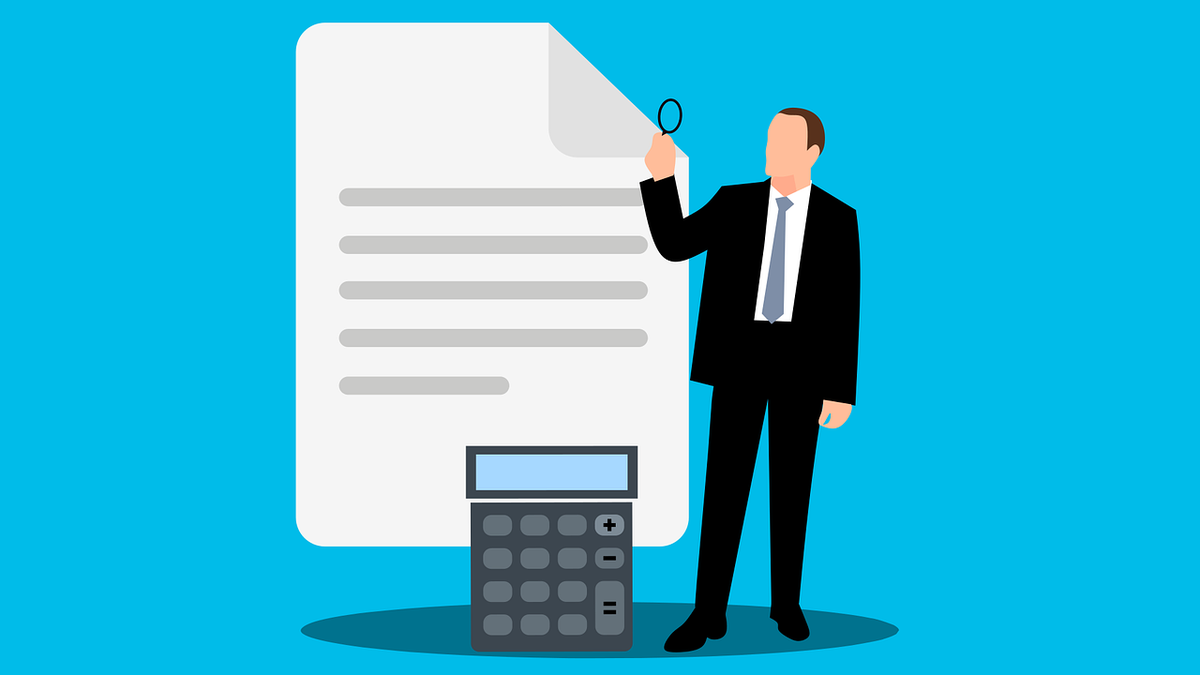Step by step of how to do an accounting audit
Each entity will require a specific design. But we can highlight the steps or practices necessary to be able to carry out an accounting audit successfully.
Step 1. Examination and testing of the internal control system
At this point the auditor will be able to assess the specific audit risks. That is to say, the controls that have to do with: the system of authorization of receipts, the separation of functions that allows the control by opposition of interests, correlativity of receipts, the maintenance of files, the restriction of access to assets and records, among others.
The size of the organization will influence the type of internal control system it has. For example, in small entities where it is not possible to establish different levels of authorization for operations, or where different responsibilities fall on the same person, the implementation of accounting software that ensures the integrity and traceability of operations, will replace several of the procedures mentioned.
If internal control weaknesses are detected for certain transactions, the auditor may apply direct tests when reviewing the balances to ensure their veracity and integrity.
Step 2. Existence, Ownership, and Integrity Checks
Through cash counts, inventory taking, circulation to customers or suppliers, evidence is obtained that allows verifying the existence and accuracy of the balances.
Step 3. Examination of accounting measurements
Accounting standards determine how economic events should be valued. Knowing these standards and verifying that they are applied and that the assets or liabilities do not exceed the limit values is key to analyzing the reasonableness of the balances and movements disclosed in the financial statements.
Step 4. Examination of subsequent facts
Post-closing events are those that occur between the closing date of the financial statements and the date of the auditor’s report. Their relevance is due to the fact that they can confirm situations that existed at the closing date or reveal situations that must be reported in the financial statements because they have a significant influence on it.
Step 4. Preparation of the auditor’s report
At this point, the auditor must issue his opinion on whether or not the financial statements of the entity reflect the economic reality of the entity. Possible outcomes vary from the opinion being unqualified, favorable, qualified, indicating limitations on scope, or refraining from rendering an opinion. Reliability for recipients will decrease between the first and last option presented.
Although the need for independence of the professional who issues his professional opinion is highlighted, it is accepted by the accounting standards that for certain types of small entities it is the internal accountant of the company, that is, the one who issued the financial statements, who audits the themselves.
In conclusion, an accounting audit aims to rule on the reasonableness reflected in the financial statements of an entity. It may be required by shareholders, investors, credit institutions, customers, suppliers, government agencies, that is, by internal or external agents of the entity.
The auditor can be internal or external to the entity depending on what is established by the accounting standards according to the size of the entity. In any case, it is an essential procedure that brings significant benefits since it allows evaluating the internal control system of an entity and detecting possible flaws, errors and omissions that can be improved.
CEO and CO Founder of xubio
Source: Ambito




